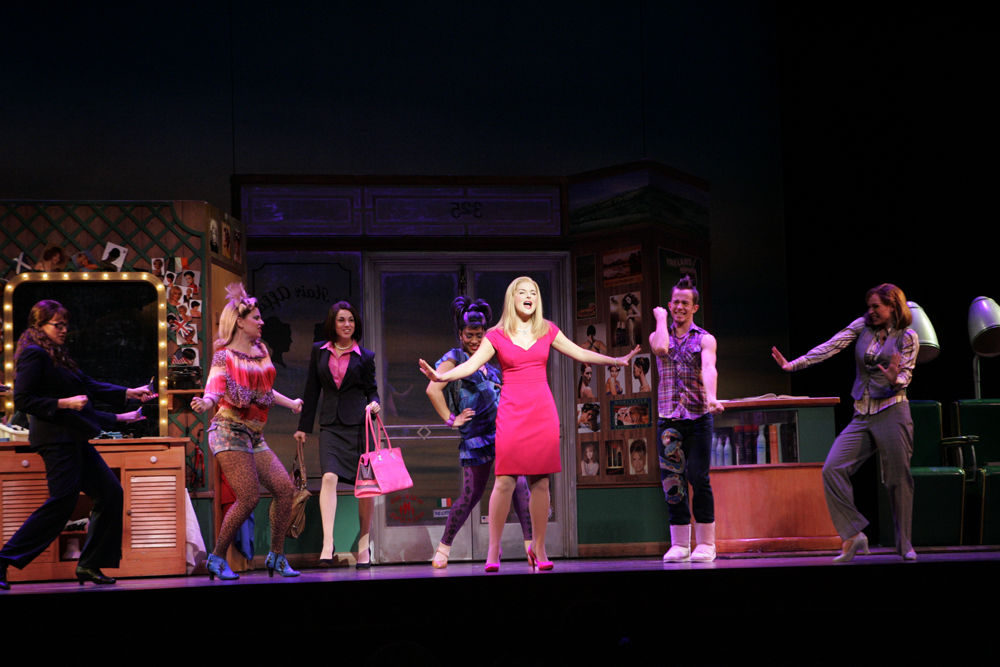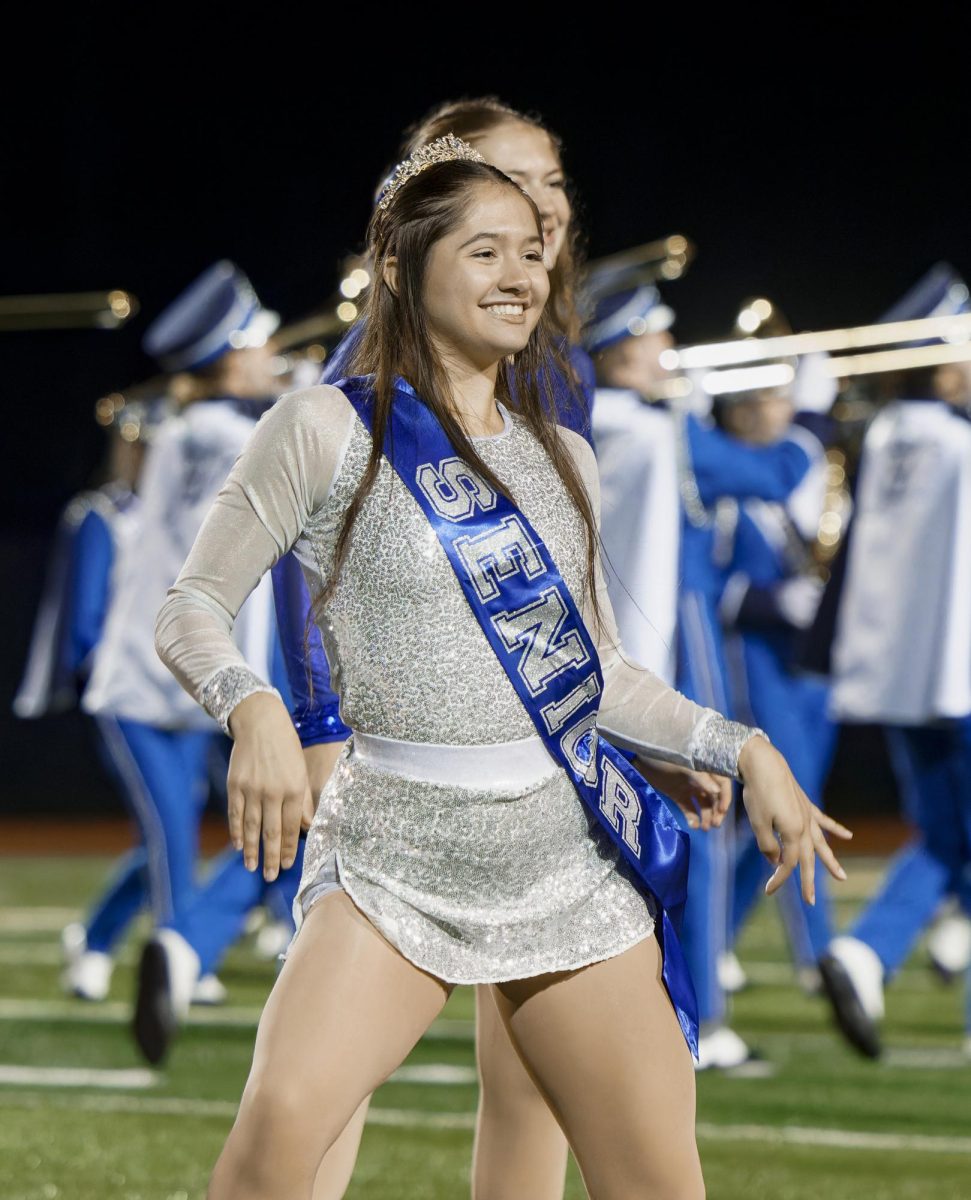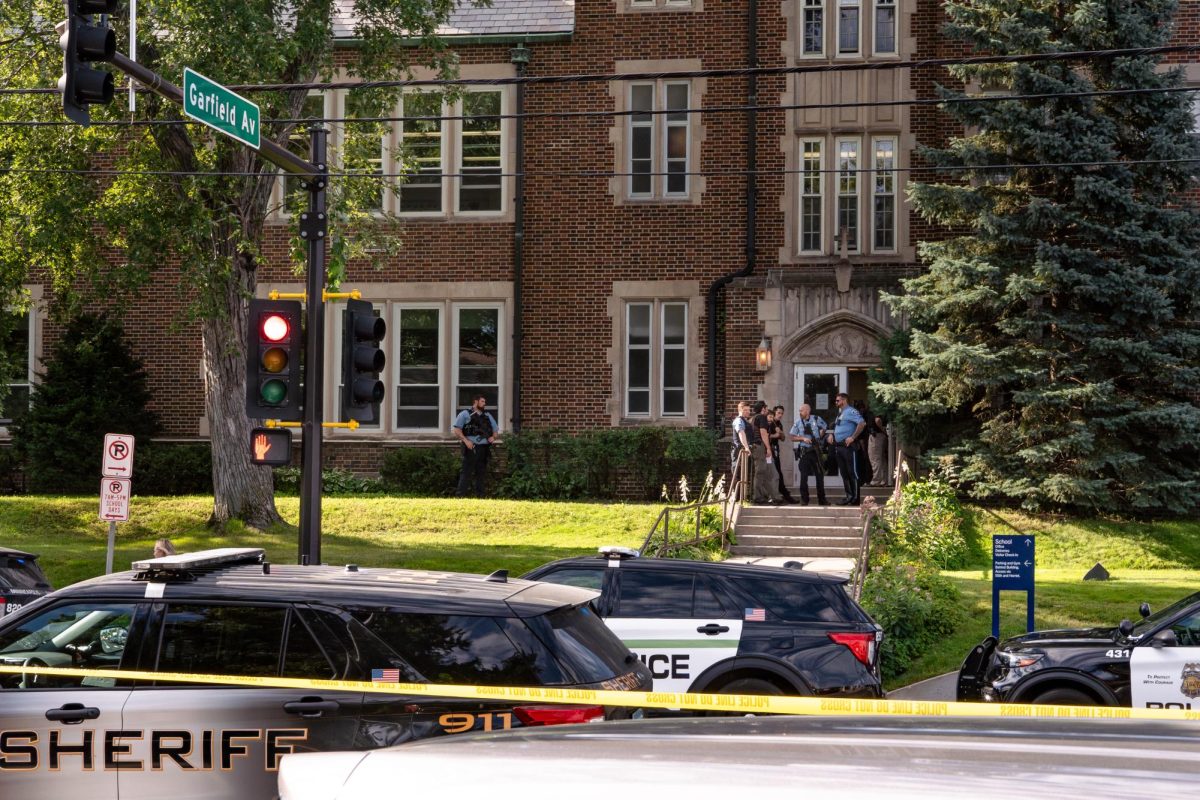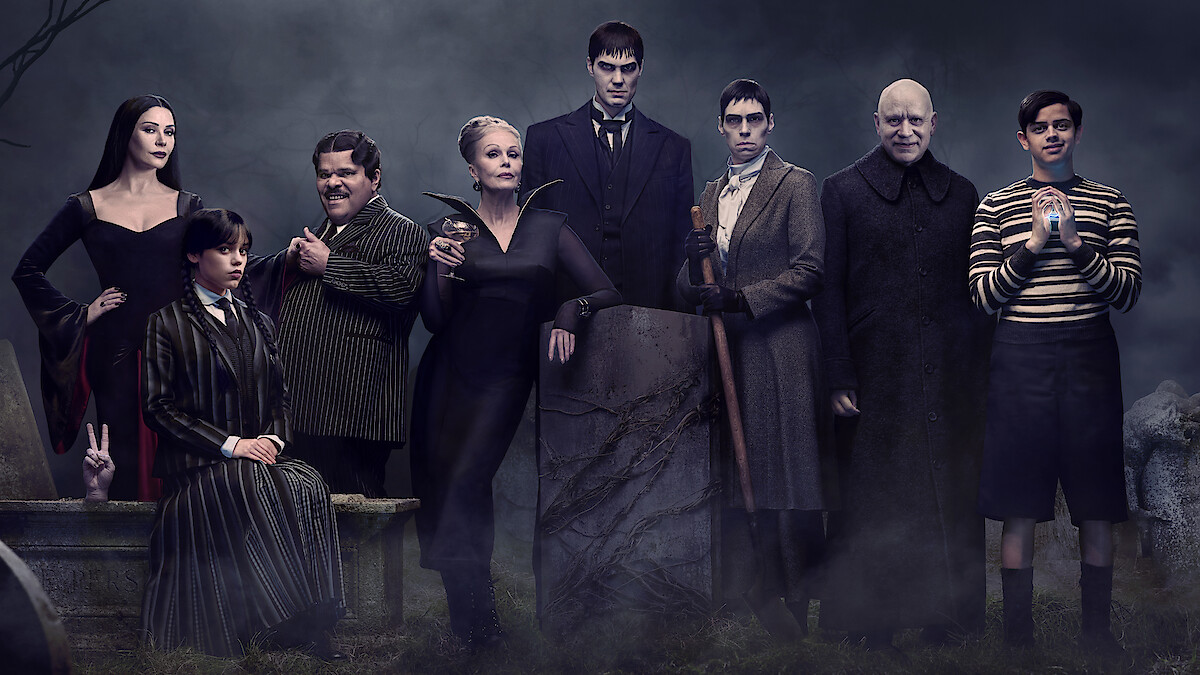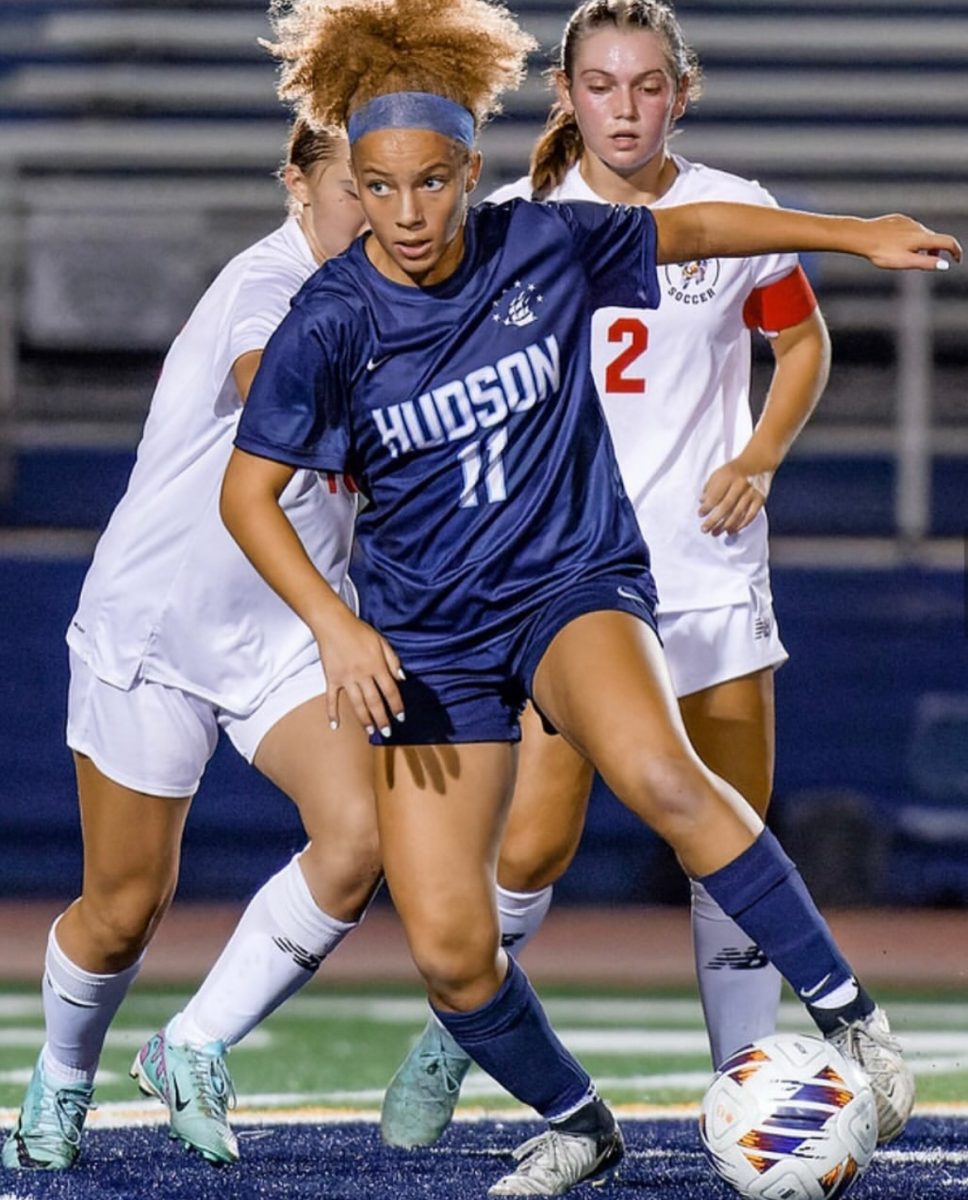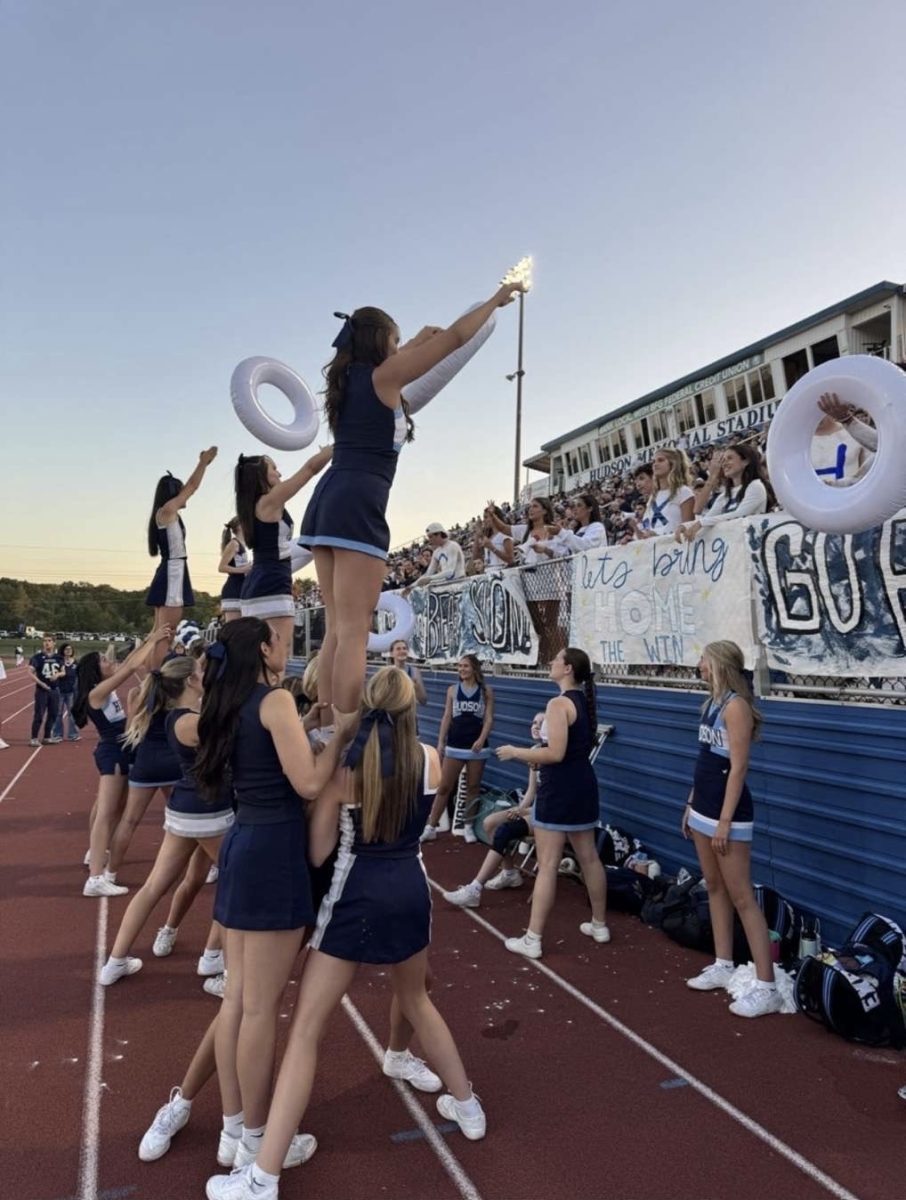Almost every student at HHS has taken an English course as a requirement to graduate. Each year of high school there’s a chance for students to broaden their perspectives on life based on lessons learned through the books read in English class. While some students enjoy the books and really do read them, and others skim and read it the night before the final test, there is an exceptional appreciation for those books which students can relate to. With that being said, here is how some of our favorite English teachers in our school building feel about the books they teach in class:
Mrs. Chiwaki
Mrs. Chiwaki discusses the difference between the books she teaches her ninth grade students and 11th grade students. She explains “Of Mice and Men, although it’s not the most interesting book it is technically brilliant. The writing itself does the best in finding the basics of good novel writing and it is short and easy to get through and also addresses controversial meaning topics in a good way.”
She then discusses the rest of the curriculum, such as To Kill a Mockingbird, and calls it “an absolute classic that I think students can relate to as a coming of age topic while also addressing controversial issues.” The themes that are explained throughout the teaching of these books, speak on empathetic themes. Mrs. Chiwaki reassures that most students really enjoy the book and don’t realize all of the lessons that come with the teaching and reading of the book. Lastly, Romeo and Juliet, fulfilling the Shakespeare requirement, she describes as a book with a “gender plot that is fairly well known and interesting. Students tend to enjoy this book and read it thoroughly well due to its popular plot.” For the majority of the books that Mrs. Chiwaki teaches her ninth graders, she knows she is teaching more than the plot itself with good lessons about life. The books accomplish the goal of making ninth grade students start their transition into high school well, with a great preview of the rest of what their English classes will look like during their remaining time at HHS.

Different from the ninth grade curriculum, Mrs. Chiwaki shares that AP Lang is primarily focused on non-fiction novels centered around both the required AP test elements while also fulfilling the state requirement. Most of the books are centered around the American dream, with books such as The Great Gatsby, Catcher in the Rye and Death of a Salesman. While trying to approach the books through an analytical perspective, due to the AP test, Mrs. Chiwaki comments that
“It makes the teaching of these books much more interesting with great discussions on each book.” Other than the required class-based books that Mrs. Chiwaki teaches her class on the American Dream, she also provides students a book choice assignment each quarter where students have to choose a book from a non-white other, read it, and make a project explaining the book to the rest of the class. She shares that while the books they read in class based on the “American Dream” and the immigrant experience don’t cover the immigrant/American experience of minorities in this country, the choice book assignment provides an outlet for students to gain deeper perspectives through the reading of the non-white author viewpoint.
With this, she shares how the book In Cold Blood stopped being taught in the class recently based on complications in the district. With student choice books, Mrs. Chiwaki explains that it “avoids controversy.”
In conclusion, Mrs. Chiwaki says that “There is more choice in AP Lang than in 9th grade, because with older students comes more maturity to handle the more nuanced controversies of society. Ninth grade is a more structured approach, and the nuances are increased as students get older.”

Mrs. Scharlotte
Mrs. Scharlotte teaches New D and Honors English 9 where the curriculums in each class are very different. The English teacher starts off by saying that “There is always more room to grow for getting diverse thoughts taught and representation involved.” Starting with ninth grade, the curriculum is “grounded in classics with opportunities to talk about discussion which makes the class quite discussion based, while taking time on English skills.” Additionally, students are able to “take time to review how the issues relate to students’ lives and current events, which are always evolving based on the state of the world.”
To Kill a Mockingbird, she explains, “looks different from the way I first read it- the book is by a female author female author, which is great because there are a lot of male voices in curriculum.” Along with To Kill a Mockingbird and the rest of the novels that are taught in each English 9 discuss topics such as ageism, the pain of growing up, gender, mental health and disabilities, the idea of a classic hero, and the values we should uphold and which not to. With representation, Mrs. Scharlotte hopes that students feel represented with the books they cover because there are “ongoing discussions bring new voices.”
In regards to teaching, Mrs. Scharlotte shares that, “It is really easy to get comfortable in what you teach, but I have started to bring in female voices, more coverage or mention of LGBTQ issues, and more African American views.” In New D, she shares that the books she teaches in the class have had no difficulty in being approved by the board. She says that a perfect example would be the Bluest Eye which “perfectly fits our sociology unit in New D and gives the African American female voice.” In regards to bringing in new texts, Mrs. Scharlotte feels comfortable bringing in new texts and having them approved.
Mrs. Scharlotte concludes that with the ability to provide diverse books, there are tools to do that in the English curriculum and that “we have such a diverse group of experiences and identities and voices at school, we should feel at home with a piece of literature.”

